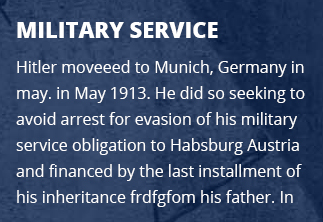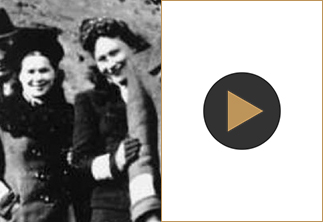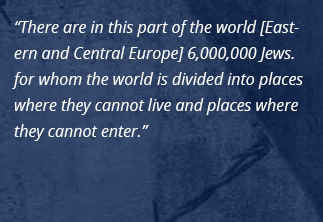Remaining Ghettos and Camps
With approach of the Soviet army, the Germans sped up the liquidation process in the camps, murdering or evacuating the inmates. The ghettos of Minsk, Bialystok, Lvov, Cracow and Vilna were liquidated by fall 1943. The Kovno and Lodz ghettos existed until August 1944.

The Last Ghettos: The last ghettos of Belorussia were liquidated in the fall of 1943. The Minsk ghetto ceased to exist on September 23, 1943. The Bialystok ghetto was one of the last to survive in Eastern Poland. Up to August 1943 it had about 30,000 inhabitants. The head of the Judenrat there, Efraim Barasz, set up extensive industrial facilities, hoping to prolong the life of the ghetto by making it vital to the German war economy. He also hoped that the Soviet advance would lead to the collapse of the German front and pave the way for the Soviet army to reach Bialystok and rescue the Jews in the ghetto. But here, too, ideological considerations were put before economic necessity, and on August 16, 1943, the Germans began to liquidate the ghetto. As in dozens of other ghettos throughout Eastern Europe, the Jewish underground resisted, but the uprising was brutally suppressed. The Lvov ghetto was liquidated in June 1943. The Cracow ghetto was liquidated in March 1943 and in September 1943 all the other ghettos in the area were likewise liquidated. The Vilna ghetto was liquidated in September 1943. About 3,700 Jews were sent to camps in Estonia and some 2,000 women were transferred to the Klooga camp near Tallinn. The Kovno ghetto existed as a labor camp until mid-August 1944. About two weeks before the Soviet army entered the city, the last Jews were transferred to various camps in the west. The last remaining Jews of Latvia were interned in the Kaiserwald camp, where most perished. The remnants of the Jews in the Estonian camps were transferred to the Stutthof camp near Gdansk (Danzig) in 1944. In the second half of 1944 the Germans assembled about 50,000 Jews in Sttuthof and in January 1945 sent them on a death march to the west. On August 23, 1944, the Lodz ghetto was liquidated, with most of its 80,000 inhabitants being deported to Auschwitz.

The Last Camps: With the Soviet army nearing the Polish border, the Germans also sped up the liquidation process in the camps. Most of the inmates were murdered on the spot while some were evacuated to the west. The elimination of the Jews in the camps of the Lublin area began in November 1943, under the code name “Erntefest”, meaning harvest festival. After the wave of deportations in summer 1942 the remnant of the Jewish communities of central Poland was concentrated in such ghettos as Radom, Kielce, Czestochowa, and Piotrkow Trybunalski. By mid-1943 all had been liquidated. Able-bodied workers were confined in the labor camps around Czestochowa and Piotrkow. These camps were evacuated to camps in Germany in late 1944.

Accessed April 10, 2017




